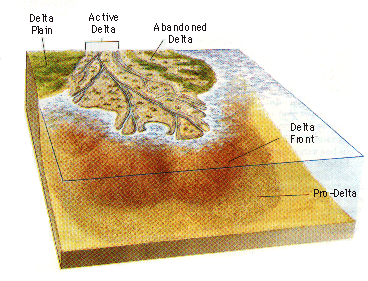Heading: Two Classification Systems
Introduction:What are the differences between an active coast and a passive coast?
Active coasts are close to plate collisions that result in volcanic activity, while passive coasts lie far away from plate boundaries, causing little to no volcanic and earthquake activity.
What are the differences between primary coasts and secondary coasts?
Primary coasts are Geologic processes not directly related to the ocean. Secondary coasts are formed by marine action.
Every 1st sentence: As in other aspects of marine science, scientists classify the coasts in various ways.
Visuals and vocabulary:

End of reading: N/A
Summary: N/A
Title: Coastal Classification
Heading: Primary Coasts
Introduction: What forces do scientists think cause primary coasts?
Scientists believe Primary coasts form due to development of nonmarine processes. These include sinking, land deposition, volcanoes, and tectonic plate movement.
What kind of coasts do scientists attribute to sinking?
Sinking coasts. These include fjord coasts and drowned river valleys, for example the Chesapeake bay.
What kind of coasts do scientists attribute to land deposition?
Delta coasts attribute to land deposition.
What kind of coast do scientists attribute to volcanic activity?
Islands like Hawaii have many volcanic coasts.
What kind of coasts do scientists attribute to tectonic activity?
Fault coasts, which form as plates collide, and uplift seafloor
Every 1st sentence: Scientists attribute primary coast development to nonmarine processes.
Visuals:

End of reading:N/A
Summary: N/A
Title: Coastal Classification
Heading: Secondary Coasts
Introduction: What forces do scientists think cause secondary coasts?
Marine processes such as wave erosion, material deposited by seawater motion, and marine life
How do scientists think wave erosion coasts form?
Constant wave eroding changes the shape of the coast over time. Sea caves, arches, and stacks are good examples of wave erosion.
How do scientists think marine deposition coasts form?
Marine deposition coasts form when sea action causes ocean sediments to accumulate in one place.
How do scientists think marine organisms build coasts?
Marine life helps build a structure that reduces the effects of waves and currents. Coral and sea grass help make larger beaches and less wave erosion.
Marine life helps build a structure that reduces the effects of waves and currents. Coral and sea grass help make larger beaches and less wave erosion.
Every 1st sentence: Secondary coasts result from marine processes.
Visuals:
Visuals:

End of reading:
Summary: